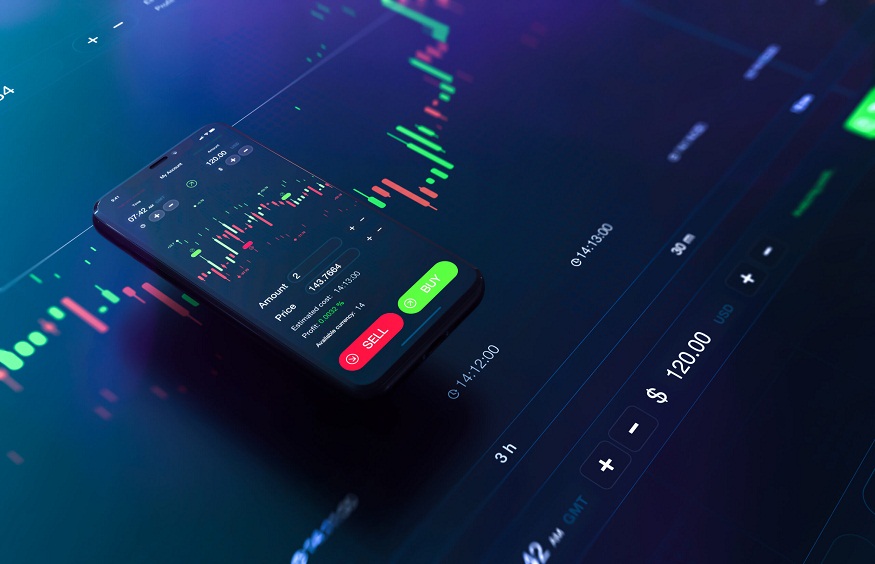Margin trading is a powerful tool that allows investors to buy more stocks than they could with just their own money. This method can be particularly appealing for beginners looking to maximise their investment potential. In this blog, we will explore what margin trading is, how it works, its advantages and disadvantages, and how you can get started with the stocks app. By the end, you will have a clear understanding of margin trading and be better equipped to make informed decisions in your trading journey.
What is Margin Trading?
Margin trading involves borrowing money from a broker to buy stocks in the Indian stock market. Instead of paying the full price upfront, you only need to pay a portion of the total cost, known as the margin. The broker covers the rest and charges interest on the borrowed amount. For instance, if you want to purchase shares worth ₹1,000 but only have ₹200, you can use margin trading to borrow the remaining ₹800 from your broker. This allows you to invest more than you initially have, but it also comes with higher risks.
How Does Margin Trading Work?
- Opening a Margin Account: To start margin trading, you must open a margin account with your broker. This account is different from a regular trading account as it allows you to borrow funds.
- Initial Margin Requirement: When you buy stocks on margin in India, you must meet an initial margin requirement, which is typically around 20% of the total purchase price. This means that if you want to buy shares worth ₹1,000, you would need to deposit at least ₹200 as your margin.
- Buying Stocks: Once your margin account is set up and funded, you can start buying stocks using the borrowed funds. The broker will lend you the money needed to complete the purchase.
- Interest Charges: The broker charges interest on the amount borrowed. This interest can accumulate quickly, so it’s essential to be aware of these costs when engaging in margin trading.
- Maintaining Margin: After purchasing stocks, you must maintain a minimum balance in your margin account known as the maintenance margin. If your account balance falls below this level due to stock price declines, you may receive a margin call, requiring you to deposit more funds or sell some assets.
Advantages of Margin Trading
- Increased Buying Power: Margin trading enables investors to purchase more shares than they would typically be able to afford. This can lead to higher profits if the stock price increases.
- Potential for Higher Returns: Since you’re using borrowed funds, any gains are magnified. For instance, if your investment doubles in value, your profits will be significantly higher than if you had only used your own money.
- Flexibility in Trading: Margin accounts often provide greater flexibility in trading strategies, allowing investors to take advantage of short-term market movements.
Disadvantages of Margin Trading
- Higher Risk: While potential profits are increased, so are potential losses. If the stock price falls significantly, you could lose more than your initial investment.
- Interest Costs: The cost of borrowing can eat into profits. If stocks do not perform well or take time to recover, the interest charges can accumulate quickly.
- Margin Calls: If your account value falls below the required maintenance margin, you may face a margin call and be forced to sell assets at an inopportune time.
Getting Started with Margin Trading
To start margin trading using the stocks app, follow these steps:
- Open a Demat Account: First, you’ll need to open Demat account with a broker that offers margin trading facilities. This account will store your shares in an electronic format.
- Fund Your Account: Deposit enough funds into your account to meet the initial margin requirement for trades.
- Choose Your Stocks: Research and select stocks that align with your investment strategy and risk tolerance.
- Use the Trading Application: Navigate through the app’s interface to select “margin trading” when placing an order for stocks.
- Monitor Your Investments: Keep an eye on market conditions and your portfolio’s performance regularly. Be prepared for any necessary actions if faced with a margin call.
Conclusion
Margin trading can be an effective way for investors to enhance their buying power and potentially increase returns on investments. However, it carries significant risks that need to be managed carefully. By understanding how margin trading works and being aware of both its advantages and disadvantages, beginners can make informed decisions when using a trading application for their investments. Always remember that while leveraging funds can amplify gains, it can also magnify losses; therefore, approach margin trading with caution and clarity about your financial goals

